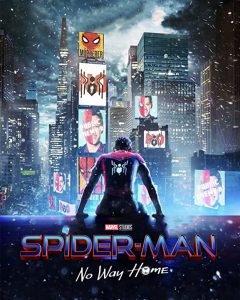 I would be remiss if I did not first point out that in addition to being otherwise fun and sans commercials, the Alamo Drafthouse pre-show is especially useful for movies that require recaps[1], because they can tell you everything you need to know and with mostly a bare minimum of spoilers involved. Although, because reasons, the No Way Home pre-show had more spoilers by implication than most. Since previews for these are to some extent unavoidable, it had no spoilers that I didn’t already know about, but if you avoid better than me, this is harder to recommend. (Also, you may not have a local Alamo. For this, I can only offer my sincerest condolences.)
I would be remiss if I did not first point out that in addition to being otherwise fun and sans commercials, the Alamo Drafthouse pre-show is especially useful for movies that require recaps[1], because they can tell you everything you need to know and with mostly a bare minimum of spoilers involved. Although, because reasons, the No Way Home pre-show had more spoilers by implication than most. Since previews for these are to some extent unavoidable, it had no spoilers that I didn’t already know about, but if you avoid better than me, this is harder to recommend. (Also, you may not have a local Alamo. For this, I can only offer my sincerest condolences.)
All of that to say, there’s a third Tom Holland Spider-Man movie. The last one, you might remember, ended on the second biggest bombshell in MCU history: Spider-Man is both accused (with documentary evidence!) of murder, and has been publicly identified as Peter Parker. Where do you really go from there? Well, if you’re a prospective high school senior trying to get into MIT, and you also know a wizard, you try to magic your way out of it. I mean hell, probably if you know a wizard, you do that whether the other things are true or not, right?
None of that is important, nor per se is the plot, although I enjoyed the plot a great deal and it retroactively made other movies I’ve seen before (but will not link to at this time) better than they were. What is important is that this is the best version of Spider-Man, the one who sees his great responsibility not as simply using his great powers to fight and stop bad guys, but as using his powers to help people. And sure, that involves fighting and stopping bad guys, frequently, especially when you live in a comic book world, but it’s not the most important way to do it. It’s barely an important way at all, to be honest.
I know everyone talks about whether Pete will be the next Iron Man, but… nah. As far as his heart and soul, he’s the next kid from Brooklyn Queens who is just here to step up because someone has to, sometimes. No offense to Sam Wilson.
[1] such as, say, anything put out by Marvel Studios these days
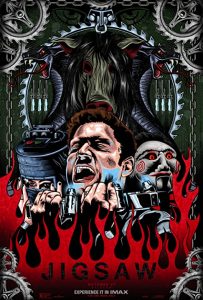 I just got extremely lucky[3].
I just got extremely lucky[3]. I know very little about Vampirella as a character, save that she exists and dresses… provocatively, let’s say. However, I know a great deal about Cassandra Hack, so I am qualified to speak on two thirds of the factors that went into this book.
I know very little about Vampirella as a character, save that she exists and dresses… provocatively, let’s say. However, I know a great deal about Cassandra Hack, so I am qualified to speak on two thirds of the factors that went into this book. So, what I knew about
So, what I knew about  It really should not take me four months to read a book, too-busy job and toddler-rearing or not. And I mean, don’t mistake me, I read really a lot of comics in this period as well, but… something isn’t right, and I need to address it[1]. All that said, despite a four month duration, I was pretty happy with
It really should not take me four months to read a book, too-busy job and toddler-rearing or not. And I mean, don’t mistake me, I read really a lot of comics in this period as well, but… something isn’t right, and I need to address it[1]. All that said, despite a four month duration, I was pretty happy with 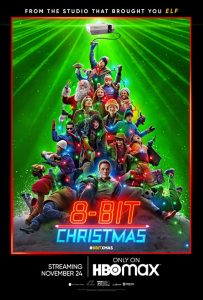 Back when streaming wasn’t a thing,
Back when streaming wasn’t a thing, 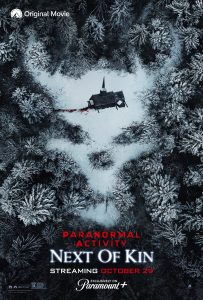
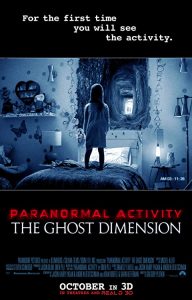 Anyway, there was one more Paranormal Activity movie that I missed, prior to the current new one that doesn’t yet count as missed. So now I’m caught up, yaaay.
Anyway, there was one more Paranormal Activity movie that I missed, prior to the current new one that doesn’t yet count as missed. So now I’m caught up, yaaay.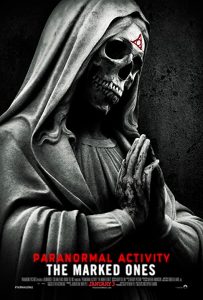 It’s been nearly a decade since I last watched a Paranormal Activity movie. …well, a new one, anyway. I rewatched the first four this week, after determining that they released entry #7 and thinking, should I catch up? Hey, why not!
It’s been nearly a decade since I last watched a Paranormal Activity movie. …well, a new one, anyway. I rewatched the first four this week, after determining that they released entry #7 and thinking, should I catch up? Hey, why not!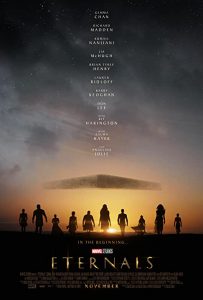 Retroactive continuity is a tool honed to perfection in two art forms[1]: soap operas and superhero comic books. These forms share a lot else in common. They are a) both extremely long-form storytelling where b) the people writing today do not have a plan past the next ten or twelve episodes at the most, c) they both have cliques of characters that mostly hang out together but occasionally cross over with other cliques, and even more rarely all come together for some kind of huge event, and they both d) have dedicated, opinionated fanbases who have stuck around for decades but e) are written so that someone can drop in at practically any moment and be able to catch up.
Retroactive continuity is a tool honed to perfection in two art forms[1]: soap operas and superhero comic books. These forms share a lot else in common. They are a) both extremely long-form storytelling where b) the people writing today do not have a plan past the next ten or twelve episodes at the most, c) they both have cliques of characters that mostly hang out together but occasionally cross over with other cliques, and even more rarely all come together for some kind of huge event, and they both d) have dedicated, opinionated fanbases who have stuck around for decades but e) are written so that someone can drop in at practically any moment and be able to catch up.